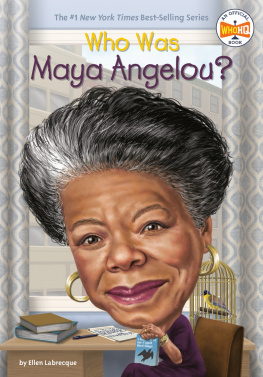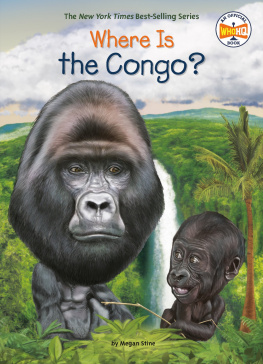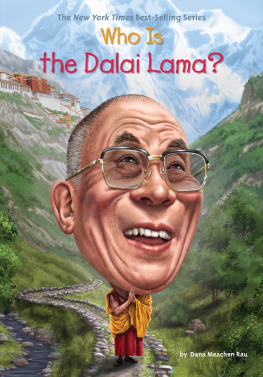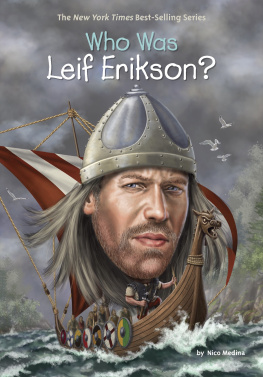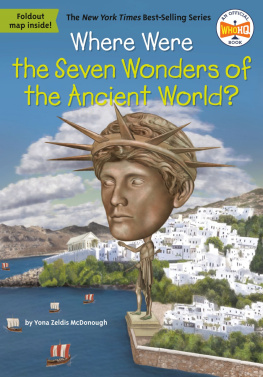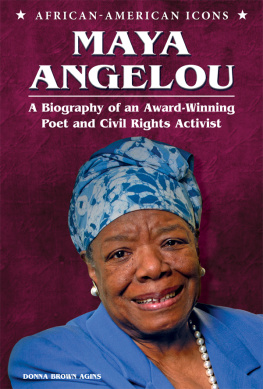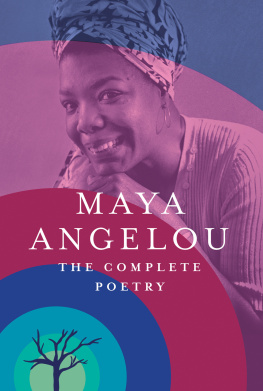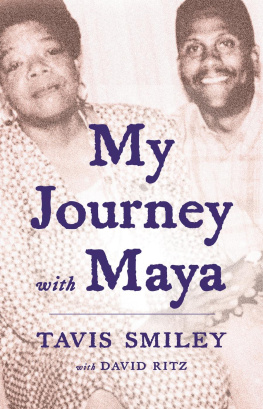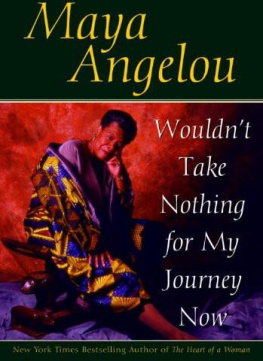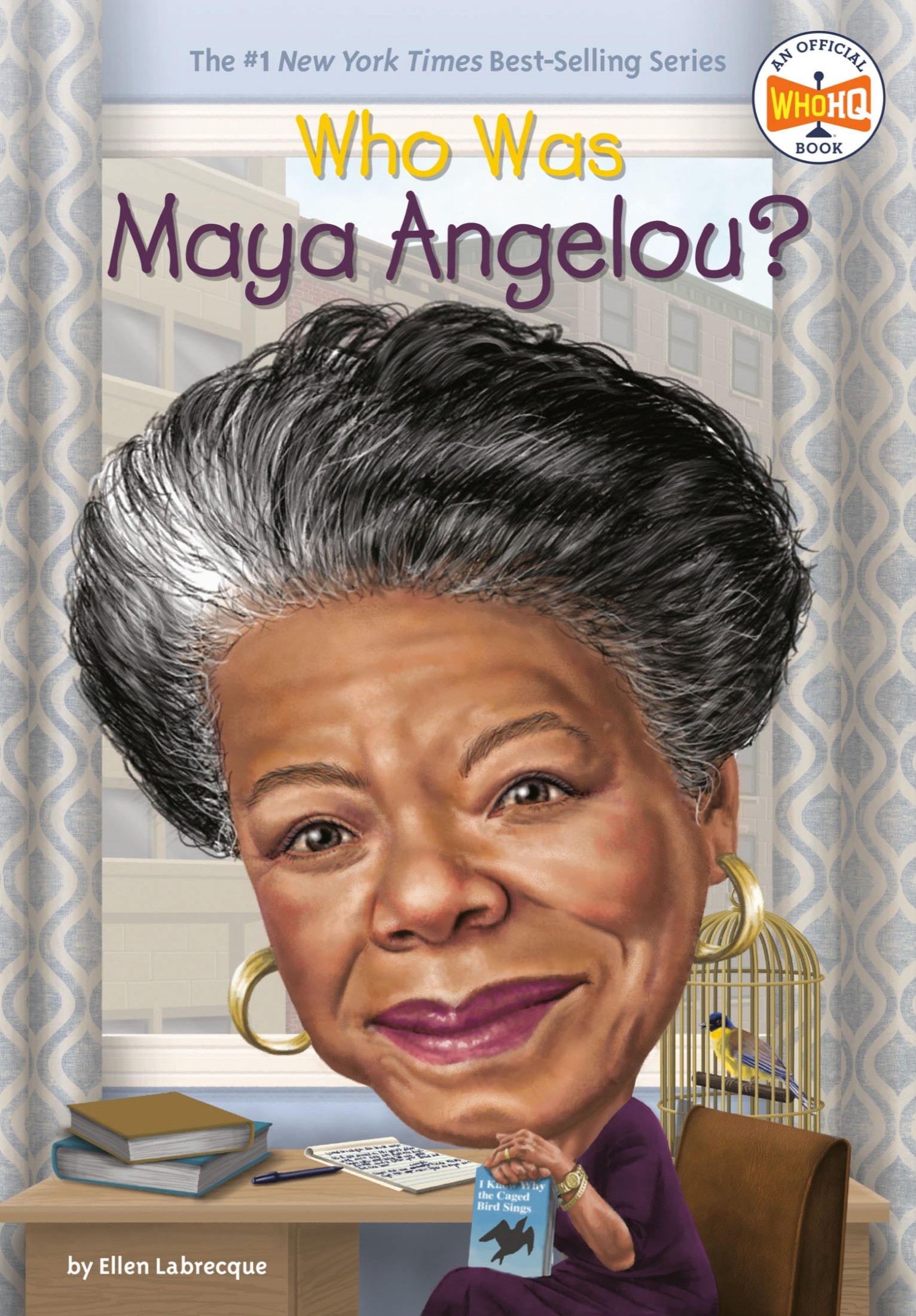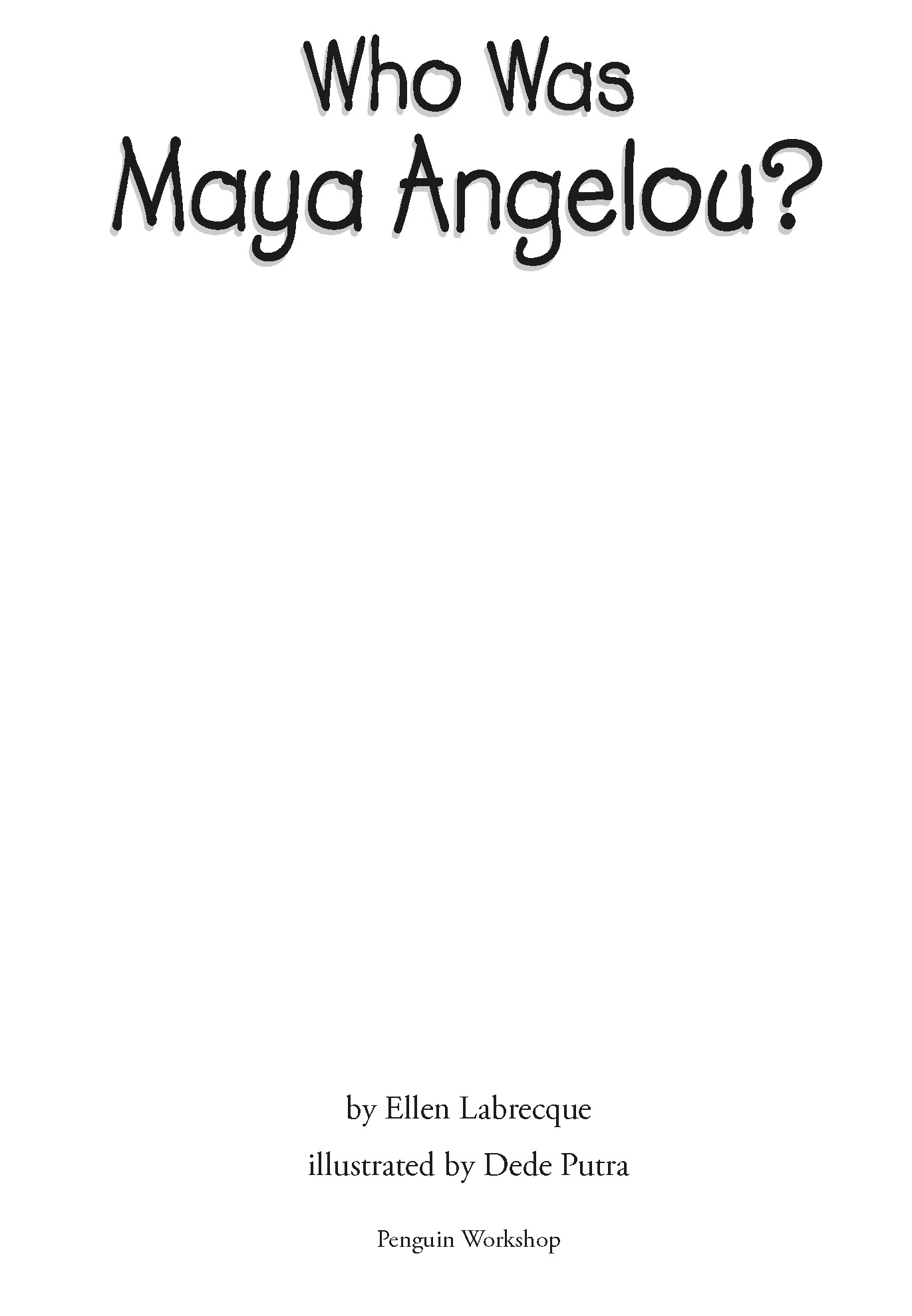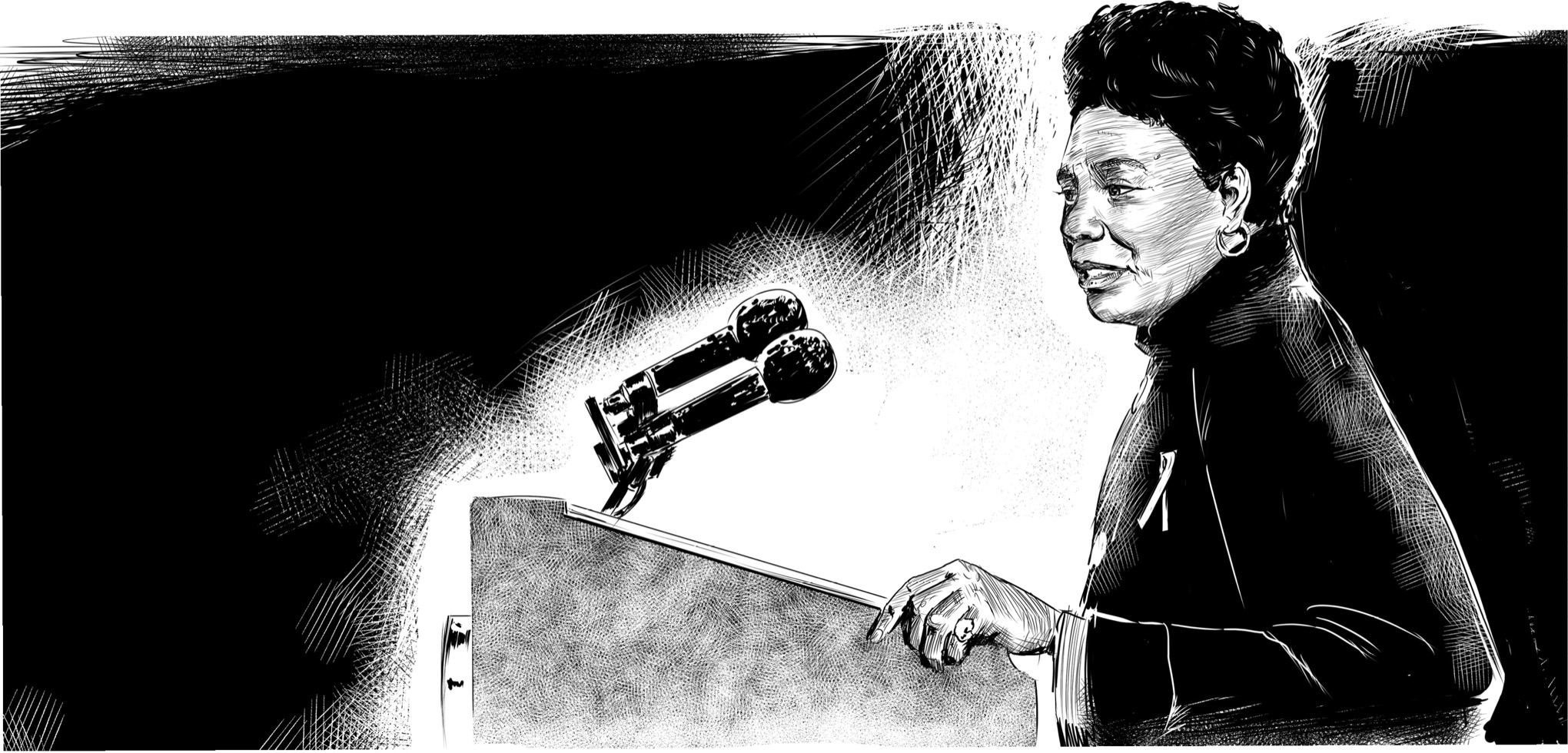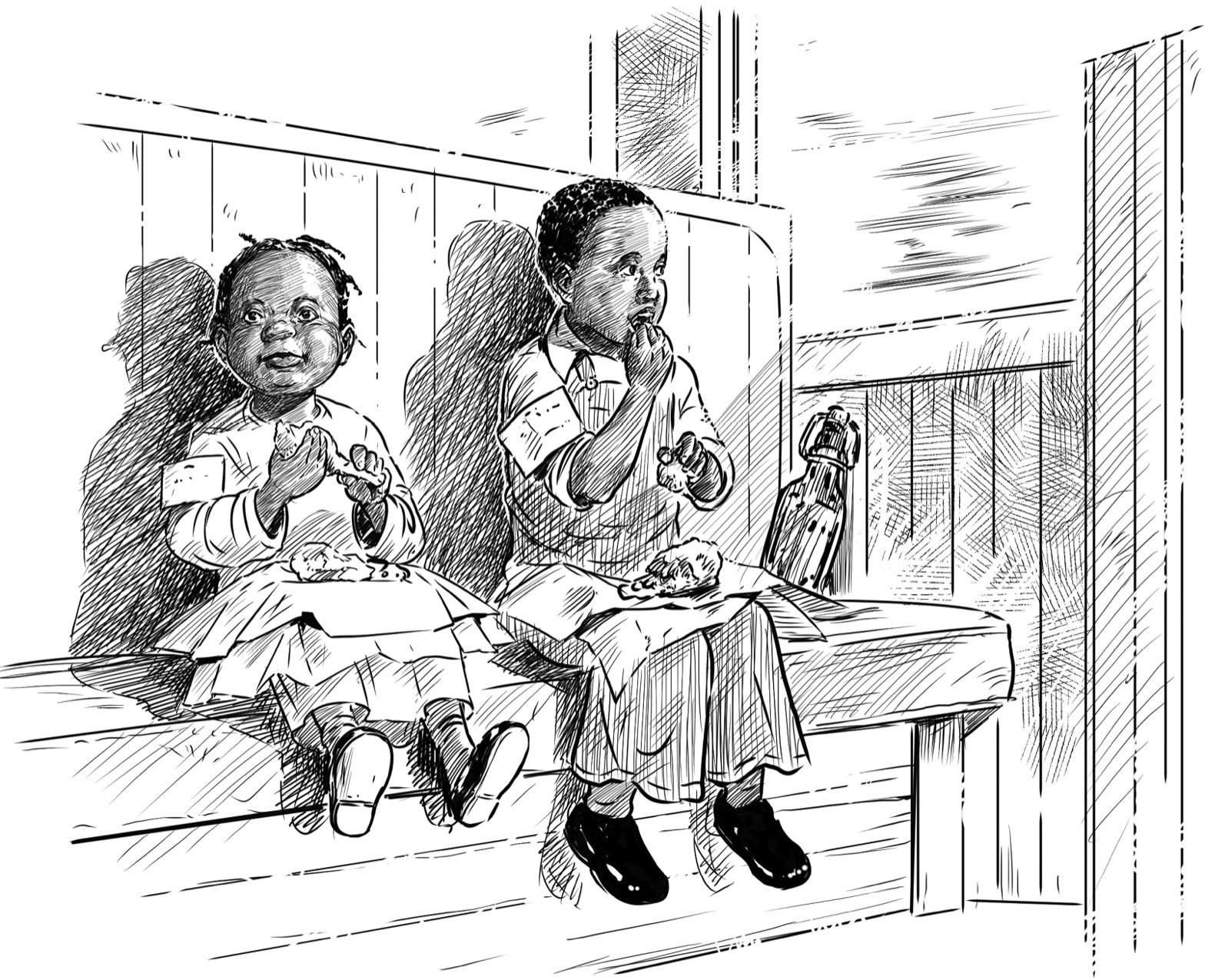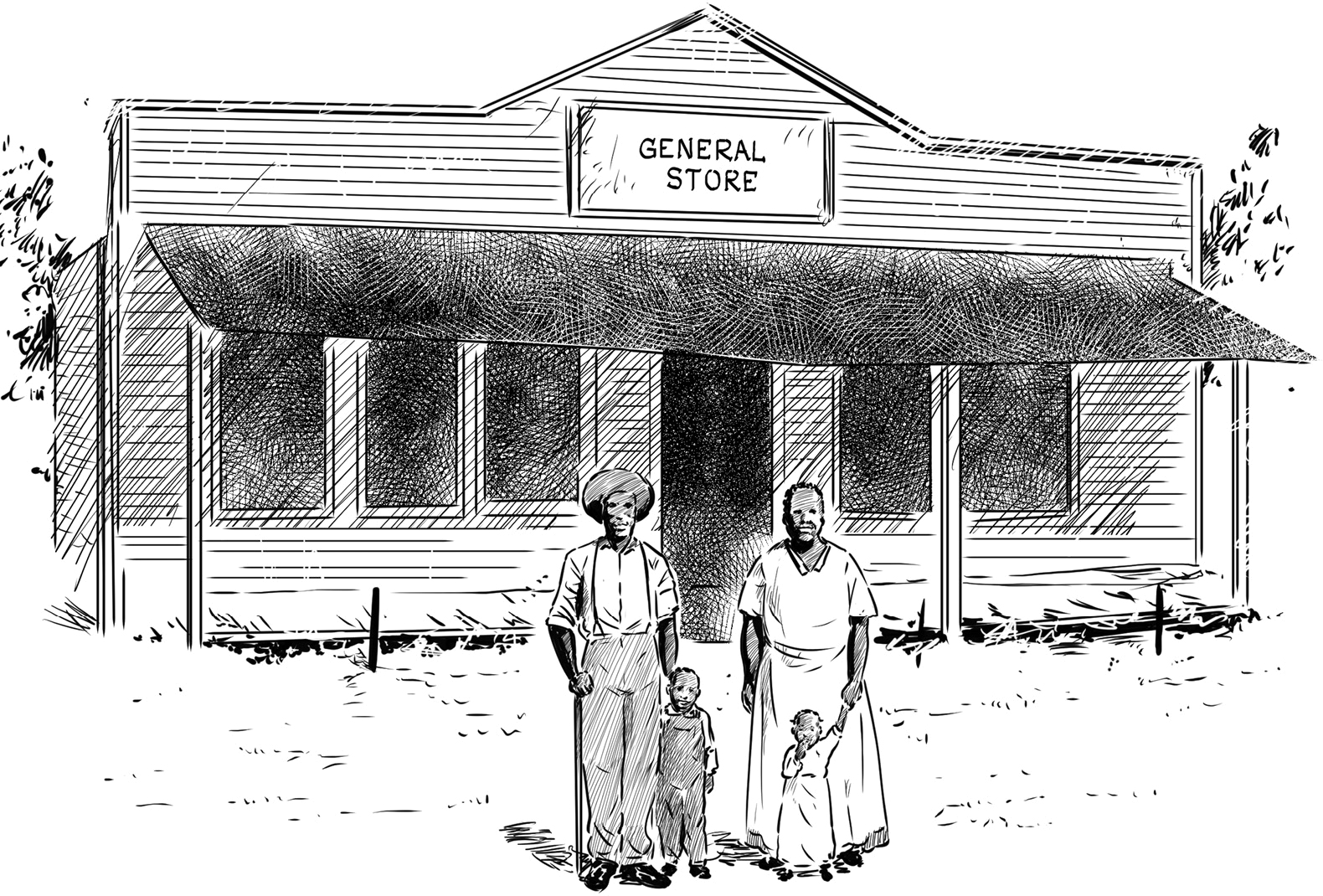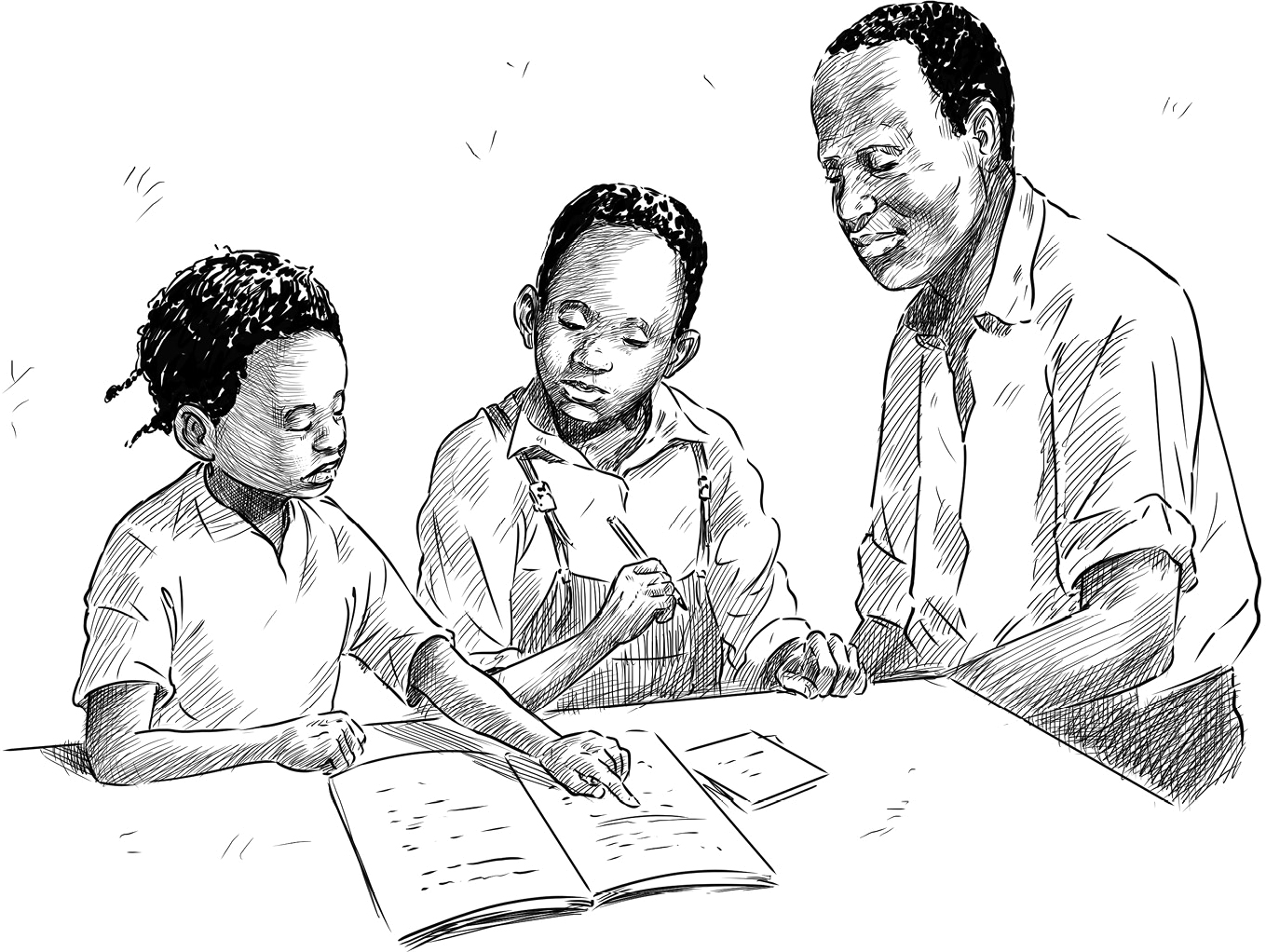Penguin supports copyright. Copyright fuels creativity, encourages diverse voices, promotes free speech, and creates a vibrant culture. Thank you for buying an authorized edition of this book and for complying with copyright laws by not reproducing, scanning, or distributing any part of it in any form without permission. You are supporting writers and allowing Penguin to continue to publish books for every reader.
The publisher does not have any control over and does not assume any responsibility for author or third-party websites or their content.
Text copyright 2016 by Ellen Labrecque.
Illustrations copyright 2016 by Penguin Random House LLC. All rights reserved. Published by Penguin Workshop, an imprint of Penguin Random House LLC, New York. PENGUIN and PENGUIN WORKSHOP are trademarks of Penguin Books Ltd. WHO HQ & Design is a registered trademark of Penguin Random House LLC.
Visit us online at www.penguinrandomhouse.com.
Who Was Maya Angelou?
January 20, 1993, was a sunny and crisp winter day in Washington, DC. Maya Angelou, a six-foot-tall, sixty-four-year-old African American woman, stood on the steps of the Capitol Building. She wore a black coat, bright red lipstick, and gold hoop earrings. It was the day that Americas forty-second president, William Jefferson Clinton, was taking office.
Maya was about to read her poem On the Pulse of Morning in front of two hundred fifty thousand people. Millions more watched on their televisions at home. It had been thirty-two years since a poem had been read at a presidential inauguration. She was the first African American and the first woman ever to do so. Despite being a prizewinning writer, she felt nervous.
I tried not to realize where I was, she said later.
The crowd became silent and spellbound. She spoke powerfully in a deep voice that rose up and down like ocean waves as she read each line of her poem. The words called for peace and friendship between people around the world. It took her six minutes to read the entire poem. The last lines are:
And say simply
Very simply
With hope
Good morning.
When Maya finished, the large crowd rose to its feet and broke into loud applause. President Clinton gave her a giant hug in thanks for her beautiful words.
Maya Angelou was a world-famous poet and writer. She was also a teacher, a civil rights champion, and a singer and dancer. And when she spoke, she had a beautiful and strong voice that was uniquely Mayas.
Through her ideas and words, Maya taught people to live with love and to treat one another with respect and kindness. Bringing joy to others, especially if they were down or sad, was very important. Try to be a rainbow in someones cloud, she said.
Despite a tough childhood, Maya used her voice. She became a rainbow for the whole world to see.
CHAPTER 1
Momma
Maya Angelou was born Marguerite Annie Johnson on April 4, 1928, in St. Louis, Missouri. Her mother, Vivian Baxter, was a nurse and also worked as a card dealer in a casino. Her father, Bailey Johnson, was a doorman at an apartment building. Vivian and Bailey already had a one-year-old son, Bailey Jr., when Maya was born. Bailey Jr. couldnt say Marguerite, and called her My-a Sister instead. Soon, he began to just call her Maya. The nickname stuck.
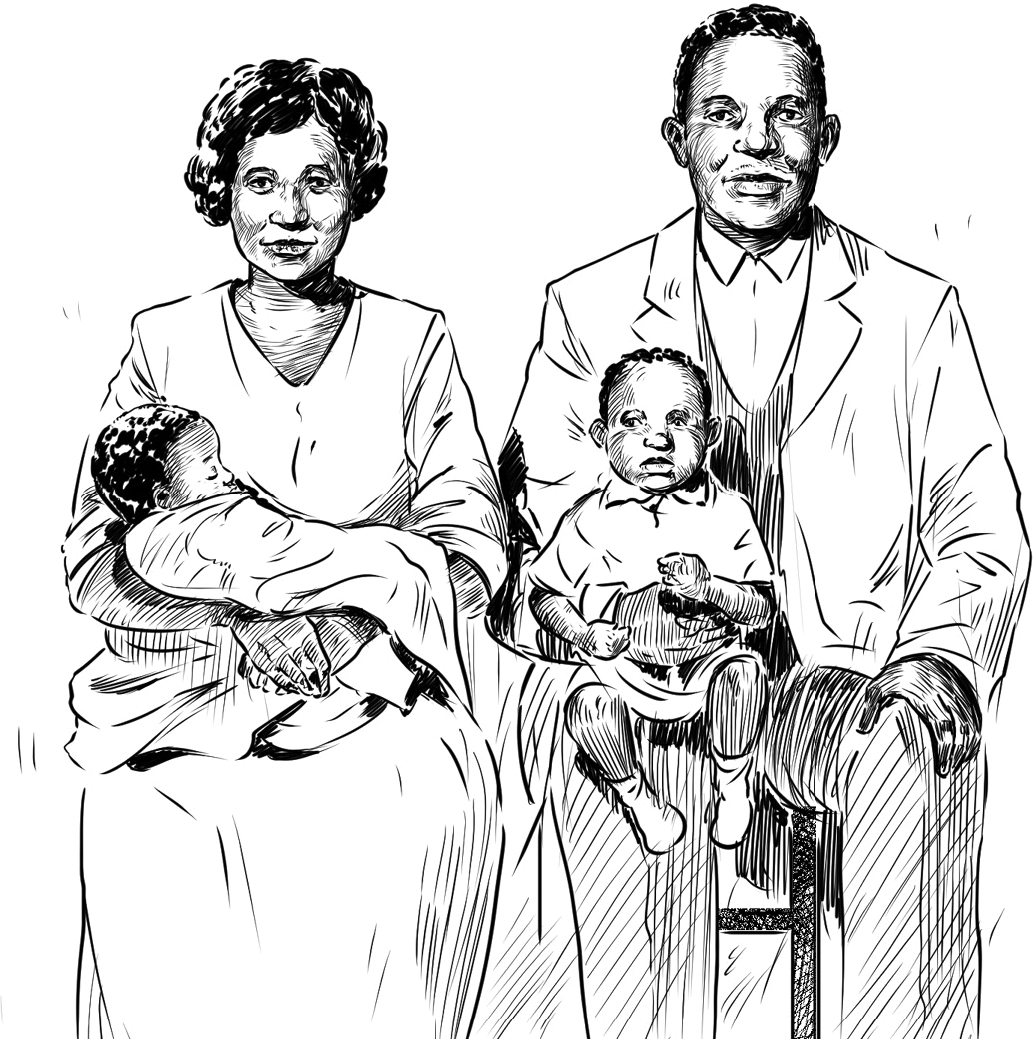
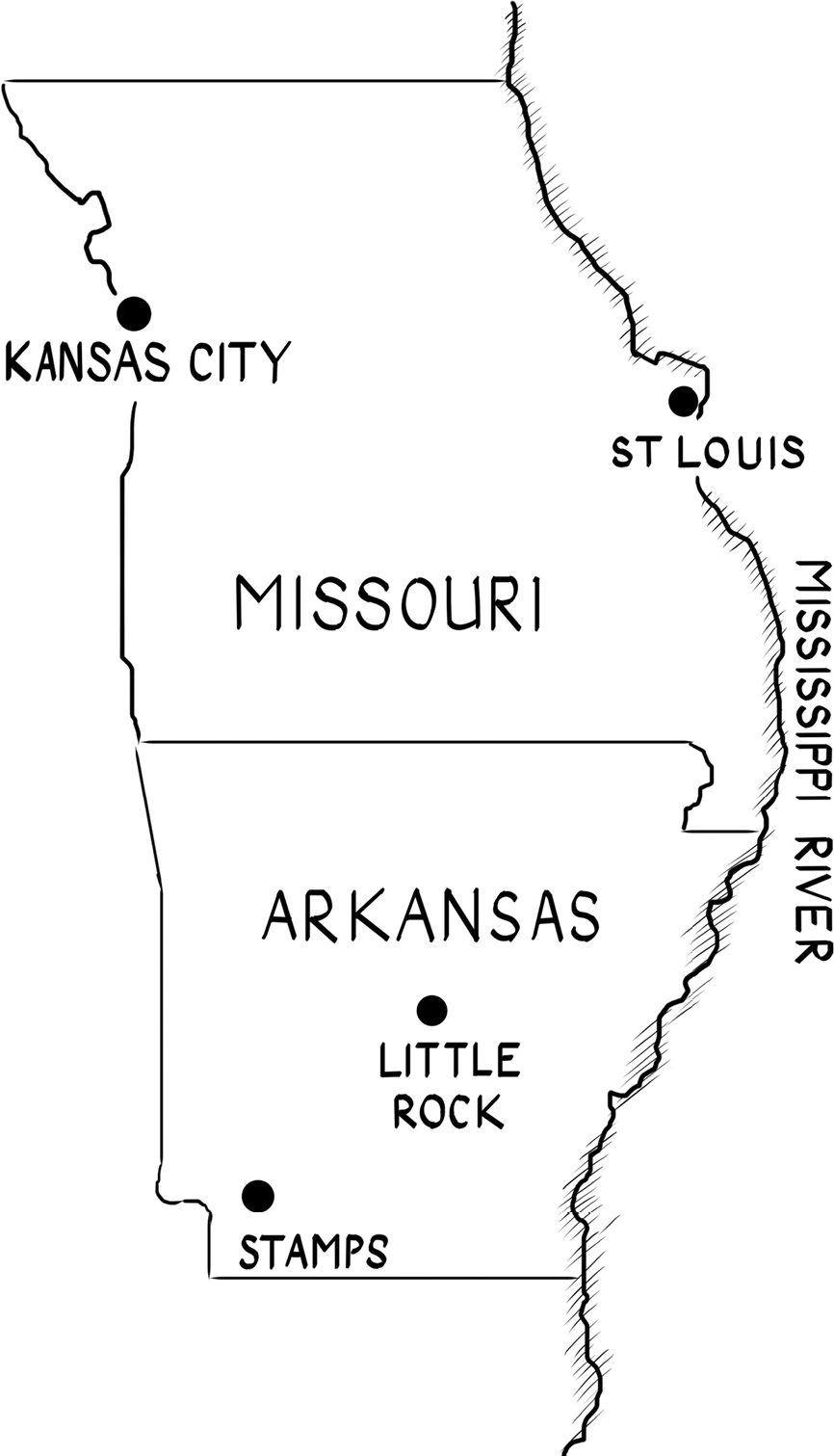
Mayas mom and dad did not always get along, and their marriage was not easy. They had divorced by the time Maya was three years old. Neither parent thought they could take care of their children on their own. So Bailey Jr. and Maya were put on a train heading to Stamps, Arkansas, to stay with their grandmother. Annie Momma Henderson was their fathers mother. Bailey and Maya traveled alone. They had tags pinned to their shirtsleeves explaining who they were and where they were heading. Fellow passengers felt bad for the two young childrenonly three and four years oldsitting all alone. They gave them cold fried chicken and potato salad, Maya remembered.
Once Bailey and Maya arrived in Stamps, they moved in with Momma Henderson and her son, their uncle Willie. Stamps was a segregated town, and Momma owned a small general store in the black neighborhood. For the next four years, they lived in a few small rooms in the back of the store.
Segregation
Segregation is a system that keeps groups of people separated from each other. In the Southern United States until the 1960s, black people were kept apart from white people by Jim Crow laws. Under these rules, black children and white children went to separate schools. Black people had to live in separate neighborhoods, eat at separate restaurants, and even drink from different water fountains and sit in different sections of movie theaters. They had to sit at the back of buses, while white people sat in front.
In 1964 and 1965, the US Congress passed lawslike the Civil Rights Act and the Voting Rights Actthat made this illegal.
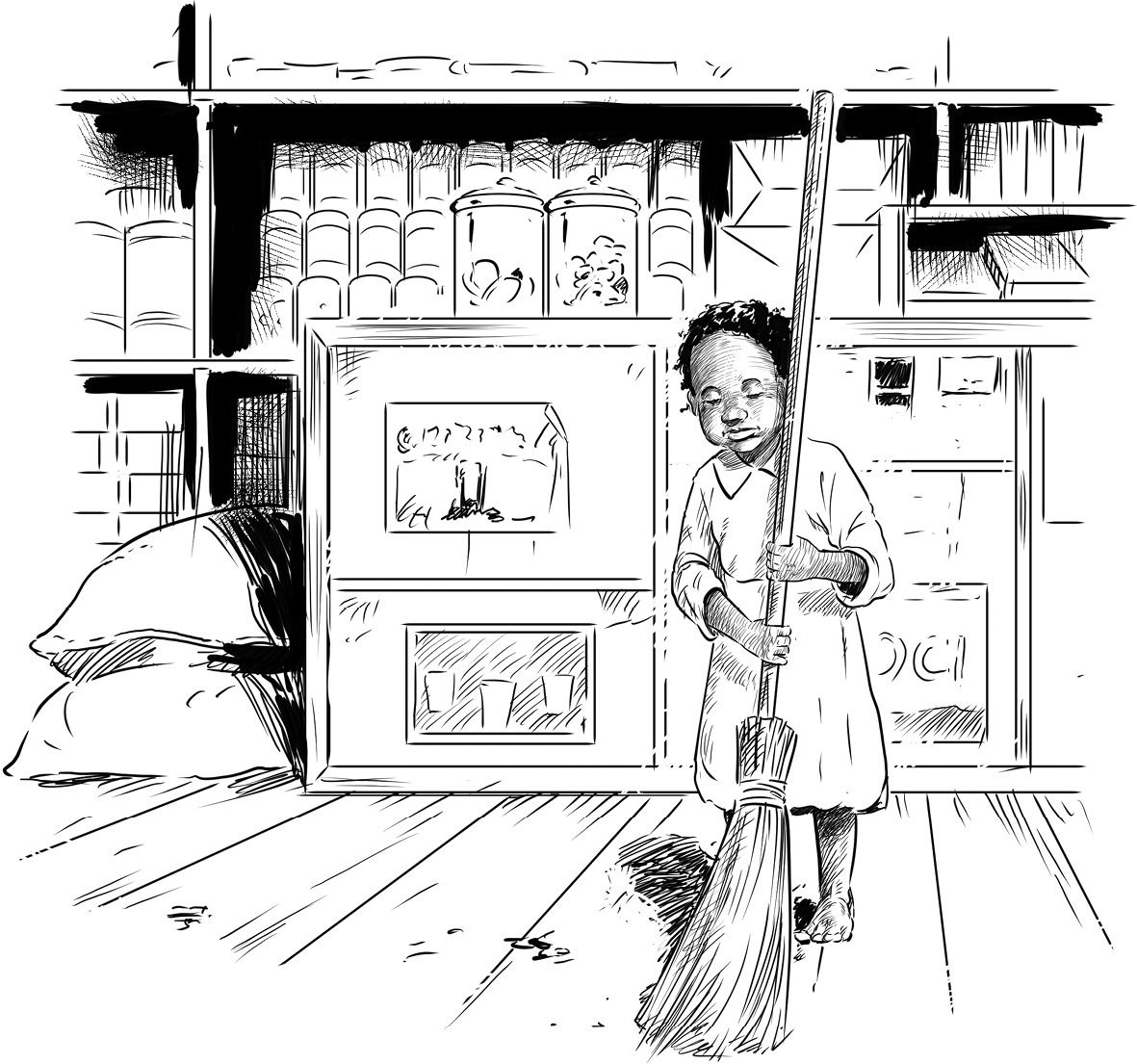
Momma was a strict but loving woman. She insisted that Bailey and Maya use good manners, go to church every Sunday, and help out in the store. Maya swept the floor and even helped serve the customers lunch. Momma also insisted Maya and Bailey keep themselves very clean.
Each night in the bitterest winter... we would go to the well and wash in the ice-cold, clear water, Maya said.
Uncle Willie insisted his niece and nephew develop their minds. He encouraged them to memorize the multiplication tables and to read as many books as they could. Momma also praised her grandchildren for studying hard. She sometimes called Maya her little professor.

